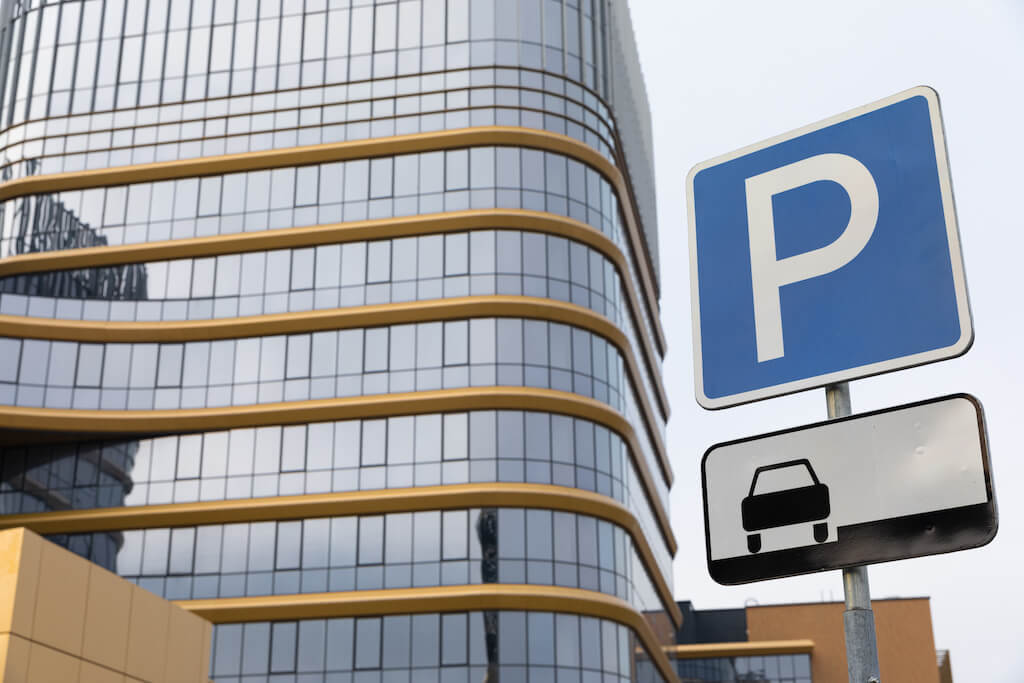Accessibility is a cornerstone of inclusive urban design, ensuring that all individuals, regardless of their physical abilities, can navigate and enjoy public and private spaces with ease. SARScore, with its mission to rate and improve accessibility, plays a crucial role in enhancing the quality of life for many people. This blog explores the importance of building accessibility and provides practical tips for making buildings more accessible.
Understanding Building Accessibility
Building accessibility refers to the ease with which all individuals, including those with disabilities, can enter, navigate, and exit a building. It encompasses a wide range of features such as ramps, elevators, wide doorways, accessible restrooms, and clear signage. The goal is to create environments that are usable by everyone, promoting inclusivity and independence.
Why Building Accessibility Matters
Inclusivity and Equal Access
Accessible buildings ensure that everyone, including people with disabilities, can participate fully in society. This promotes equal opportunities in education, employment, and social activities.
Legal Requirement
Many countries have laws and regulations mandating accessibility in public and commercial buildings. Compliance with these regulations not only avoids legal penalties but also demonstrates a commitment to social responsibility.
Improved Customer Experience
Businesses that prioritise accessibility can attract a broader customer base. Providing a welcoming environment for all customers enhances reputation and customer loyalty.
Safety and Comfort
Accessible features such as ramps and elevators are beneficial not only for people with disabilities but also for parents with strollers, the elderly, and those carrying heavy loads. This promotes overall safety and comfort within the building.

Key Features of an Accessible Building
Entrances and Exits
Ensure that entrances and exits are level or equipped with ramps. Automatic doors or doors with easy-to-use handles are also important for accessibility.
Pathways and Hallways
Wide, unobstructed pathways and hallways accommodate wheelchairs and other mobility devices. Ensure that floors are non-slip and free from trip hazards.
Elevators and Stairs
Install elevators or lifts in multi-story buildings. Stairs should have handrails on both sides and contrasting edge markings to assist those with visual impairments.
Restrooms
Accessible restrooms should be available on every floor, equipped with grab bars, lower sinks, and enough space for manoeuvring.
Signage
Clear, large print, and braille signs help people with visual impairments navigate the building. Audible announcements in elevators and other areas can also be beneficial.
Lighting
Good lighting helps everyone, particularly those with visual impairments, to navigate spaces safely. Avoid glare and ensure consistent, adequate lighting throughout the building.
Parking
Designate accessible parking spaces near entrances, with clear signage and enough room for mobility device access.
Technology
Incorporate assistive technologies such as hearing loops in meeting rooms and voice-activated systems to aid navigation.

How SARScore Enhances Accessibility
SARScore is an innovative platform that assesses and rates the accessibility of various locations. By providing detailed, real-time accessibility ratings, SARScore helps individuals with mobility challenges plan their routes and choose destinations that meet their needs.
For building owners and managers, SARScore offers valuable insights into how to improve accessibility. By understanding their building’s SARScore, they can identify areas for improvement and take actionable steps to enhance accessibility.
Steps to Improve Building Accessibility
- Conduct an Accessibility Audit: Use tools like SARScore to assess your building’s current accessibility status. Identify areas that need improvement.
- Plan and Prioritise Improvements: Based on the audit, create a plan to address accessibility issues. Prioritise changes that will have the most significant impact on users.
- Involve the Community: Engage with people who have disabilities to understand their needs and get their input on proposed changes.
- Train Staff: Ensure that all staff are trained on accessibility features and how to assist individuals with disabilities.
- Regular Maintenance: Keep all accessibility features well-maintained. Regular checks can prevent small issues from becoming significant barriers.
- Stay Informed: Keep up with the latest accessibility standards and technologies. Regular updates and improvements can ensure long-term accessibility.
Building accessibility is not just a legal requirement but a moral imperative. It fosters inclusivity, enhances safety, and improves the overall experience for everyone. SARScore provides a comprehensive solution for assessing and improving accessibility, making urban spaces more navigable and inclusive for all. By prioritising accessibility, we can build a more inclusive society where everyone has the opportunity to participate fully.
For more information on how SARScore can help you improve the accessibility of your buildings, visit SARScore’s website or contact our support team.
